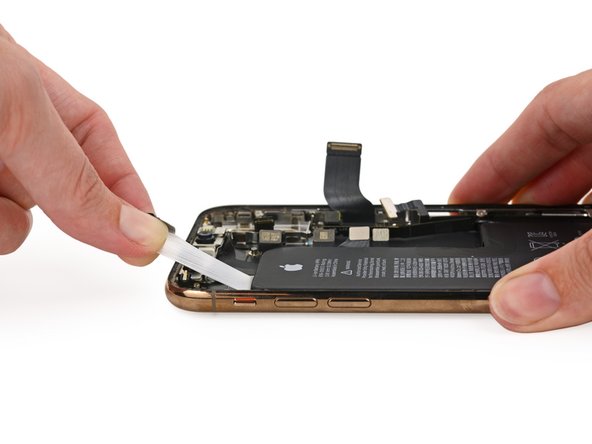For years, independent repair shops have asked Apple for genuine replacement parts so they could repair their customers’ laptops and phones. Apple has refused. But new documents leaked by Motherboard show that Apple may finally be changing their tune—at least, as much as they’re required to by potential legislation.
If you haven’t been to an independent repair shop, you’re missing out on some true art. Take Steven and Nicole Spink, owners of Olympia iPhone Repair in Washington. They can seemingly fix anything—board-level repairs that Apple would refuse to perform are a piece of cake for them, and far less costly than replacing your device. (You can hear Nicole describe these challenges in this Washington hearing on Right to Repair laws—just skip to 6:40.) Unfortunately, without device schematics and other tools from Apple, they can’t always do those jobs, causing them to lose business and forcing customers to pay much more for a full part replacement from Apple.
Apple has long taken a firm stance against these types of repair shops. With scandals like the Error 53 debacle, they’ve clearly planted their foot on the ground and said “you should repair your phone at an Apple store, or you should get bent.” Apart from a few very select Apple Authorized Repair Providers, no one has access to the genuine, OEM parts Apple uses to make these devices, or the diagnostics and schematics that Apple keeps so close to the chest. As a result, they’re stuck turning people away, or settling for third-party components instead. If you go to a good shop, they’ll use high-quality replacement parts, but Apple could still brick those at any time. Apple’s lobbyists claim that allowing independent shops access to their diagnostic data and parts will threaten their security model, which we think is rather silly—not to mention something other manufacturers have proven wrong time and again.

To start, Apple’s plan appears to be rather limited. We know they’ve talked to big repair chains, but they have not spoken to any of the smaller repair shops we contacted. If only the large national chains get access to these parts, the independent shops—people like Steven and Nicole, who are truly dedicated to the craft of tech repair—get left out in the cold, and will likely lose business as a result. This continues to encourage a repair monoculture that stifles competition, job creation, and innovation in the repair space.
Furthermore, and perhaps more importantly, many of these parts are insanely expensive—the displays, for example, are almost as expensive as the total cost of a display replacement at an Apple Store. If we were being cynical, we’d say that Apple is only doing this to check a box for legislators to claim they’re providing parts. But consumers will still be highly incentivized to go to an Apple Store, since other shops will be too expensive—thus perpetuating Apple’s monopoly on iPhone repair.
For years, Apple has been assailing Right to Repair bills with security arguments. They have told legislators time and time again that making diagnostics available to independent shops will undermine their security model. Heck, they even told a Nebraska Senator that if passed, the bill would turn the state into a “Mecca for hackers.” This leaked plan proves that this has been a lie all along: If Apple is able to make these parts available to large, Geek Squad-esque chains, they should be able to give them to independent shops as well. But they won’t, because that isn’t in the interest of their bottom line.
Apple would like you to think that independent shops are a sketchy, dangerous minefield of service options that use low-quality parts that can lead to problems down the line. And in some cases, that may be true—but that’s Apple’s fault, not the repair shops’. If Apple would just provide OEM parts to independent repair shops at a reasonable price, these risks would be far smaller.
The way we see it, this initiative is lip service that says “See? We care about your right to repair,” while Apple knows full well people will continue to get repairs from Apple, or—if a certain repair isn’t available—buy a full replacement part or device. This plan only makes parts available that match the repairs they offer in-store, and do nothing to provide support to shops trying to do more advanced repairs like water damage remediation or board-level troubleshooting. And they certainly aren’t going to sell parts to customers who want to do repairs in the privacy of their own home.
This is a step in the right direction, but it’s a miniscule one. We need more than this. We need comprehensive Right to Repair laws to require Apple and other manufacturers to make parts widely available, just like they are for our cars and appliances. Nobody should be threatened by lawyers or denied access to parts for the simple act of trying to fix their own stuff.




0 Yorum